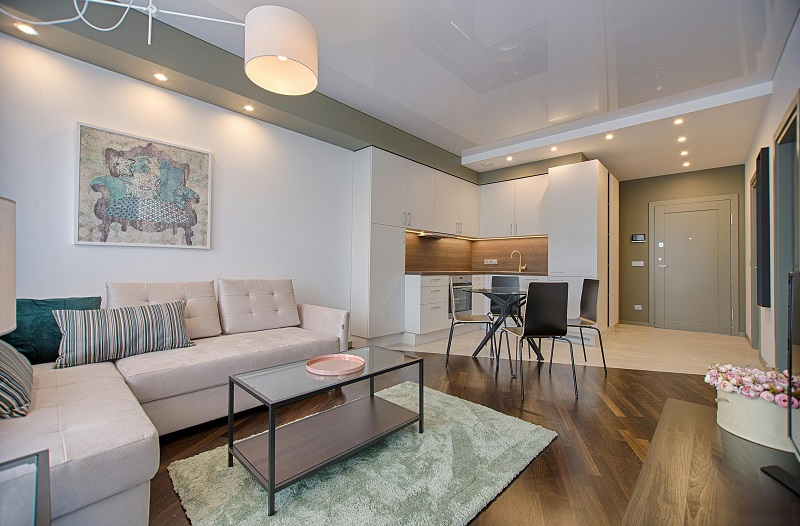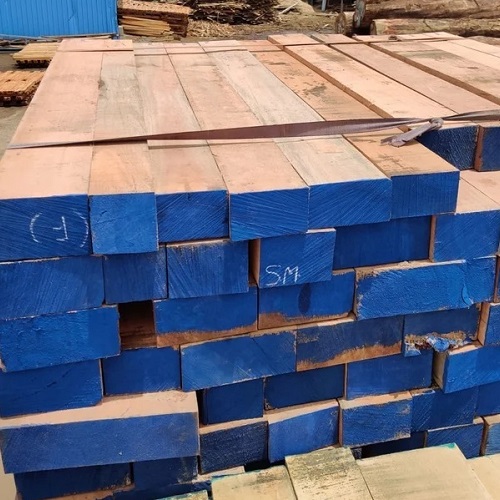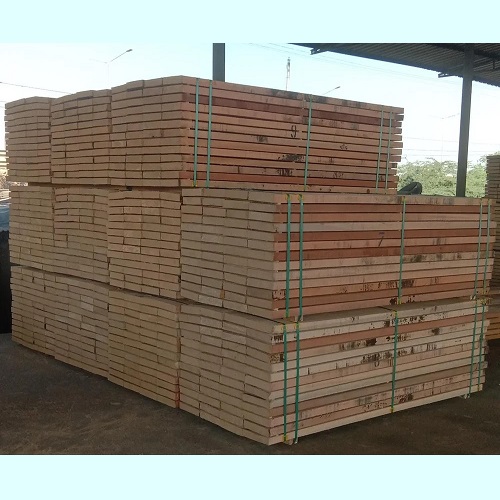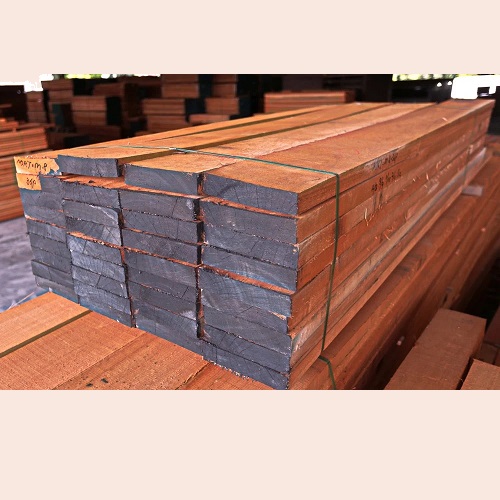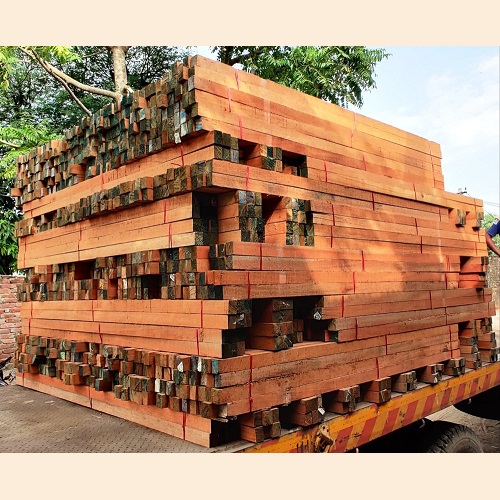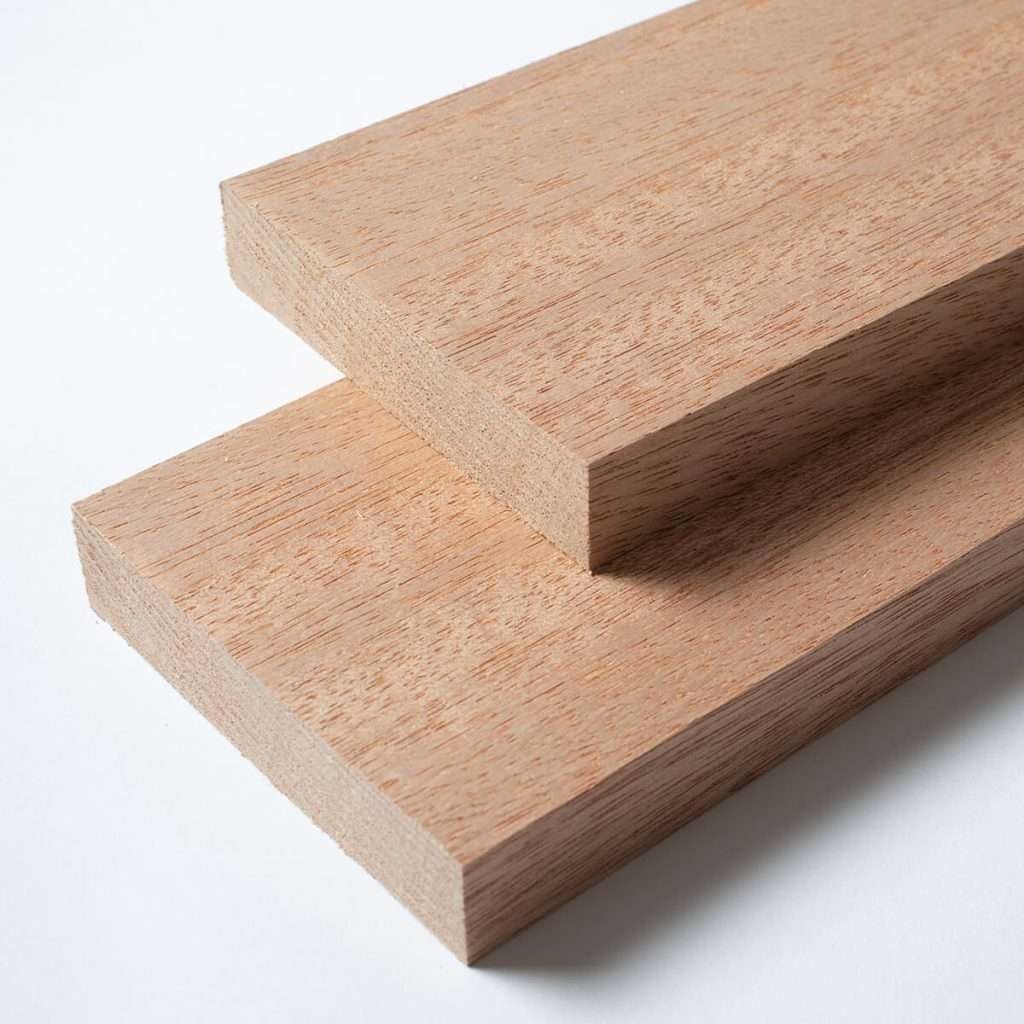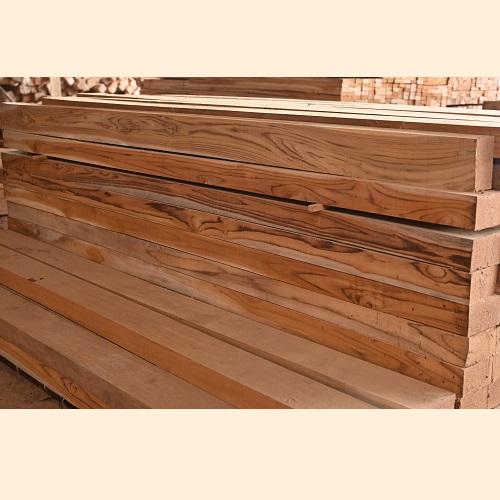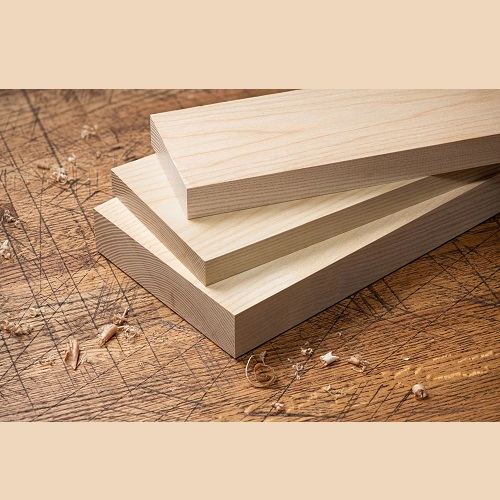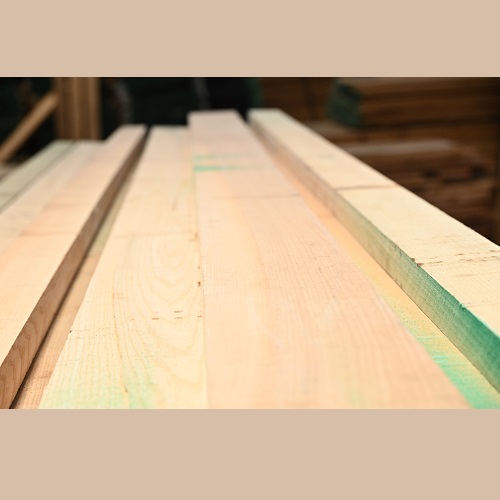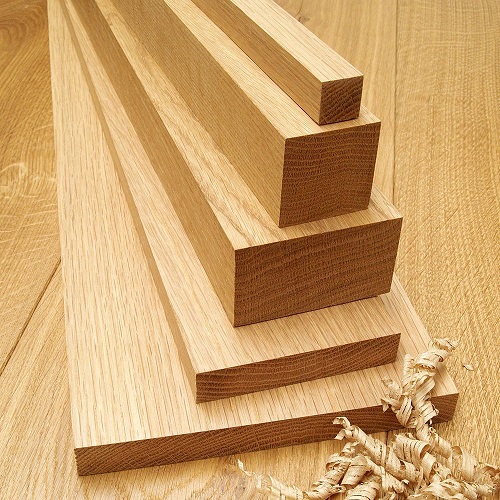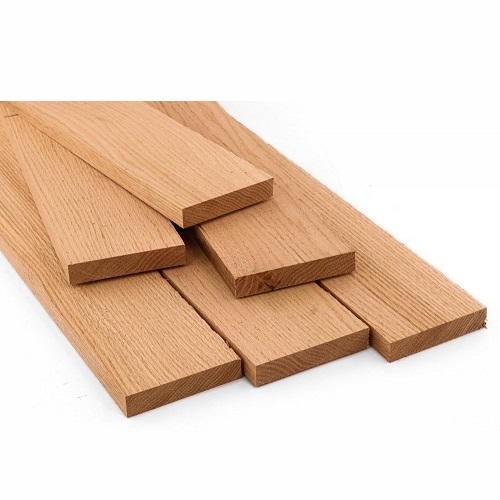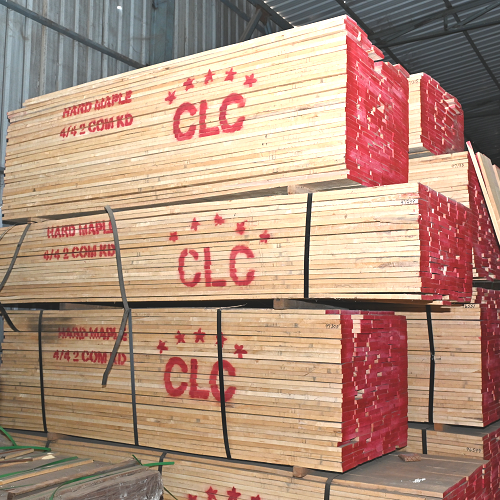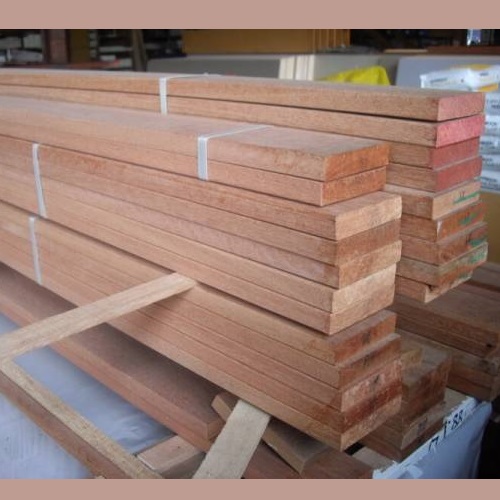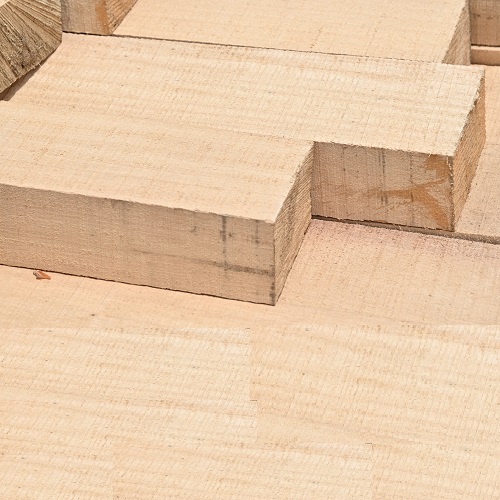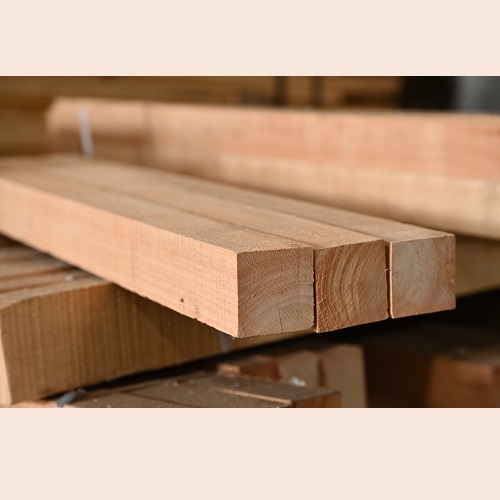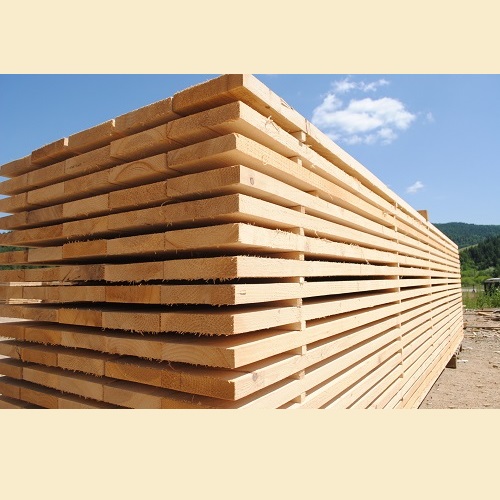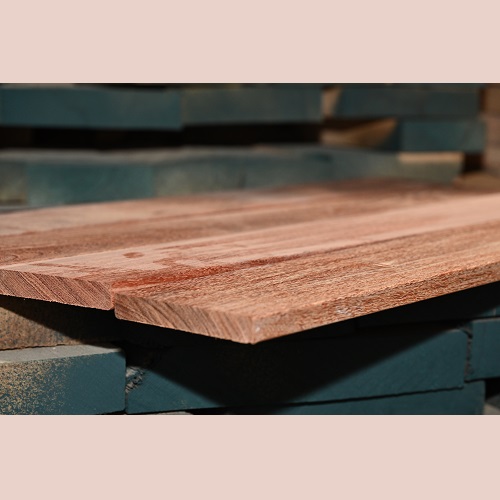Call
-
-
Email
sales@ndmindustries.com
-
Address
Plot No. 5, Survey No. 44/2,
Chudva, Gandhidham.
Maranti Wood
Description :
In the Philippines, as well as elsewhere in their range, Shorea trees might be called red or white lauan, tangile, almon, as well as the descriptive "dark-red meranti" or "light-red meranti." But it is meranti (Shorea spp.) that makes up the greatest proportion of timber that's sold as Philippine mahogany. Meranti traditionally grows in well-drained soils at low altitudes. In ideal conditions, a meranti tree can reach a 200' height and a trunk diameter of 6'. A lumberman's dream, it will also be branch free for 90'. The bases of some trees feature the vane like supports called buttresses. Light-red and dark-red meranti produce medium-to-coarse textured wood that ranges in colour from pale pink to brown and reddish-brown.
If you have any requirements...
Feel Free to call us @

